‘David Hockney 25’ at the Fondation Louis Vuitton: Britain’s most influential contemporary artist pops up in Paris to remind us all of the joys of spring
The biggest-ever David Hockney show has opened inside the Fondation Louis Vuitton in Paris — in time for the season that the artist has become synonymous with.
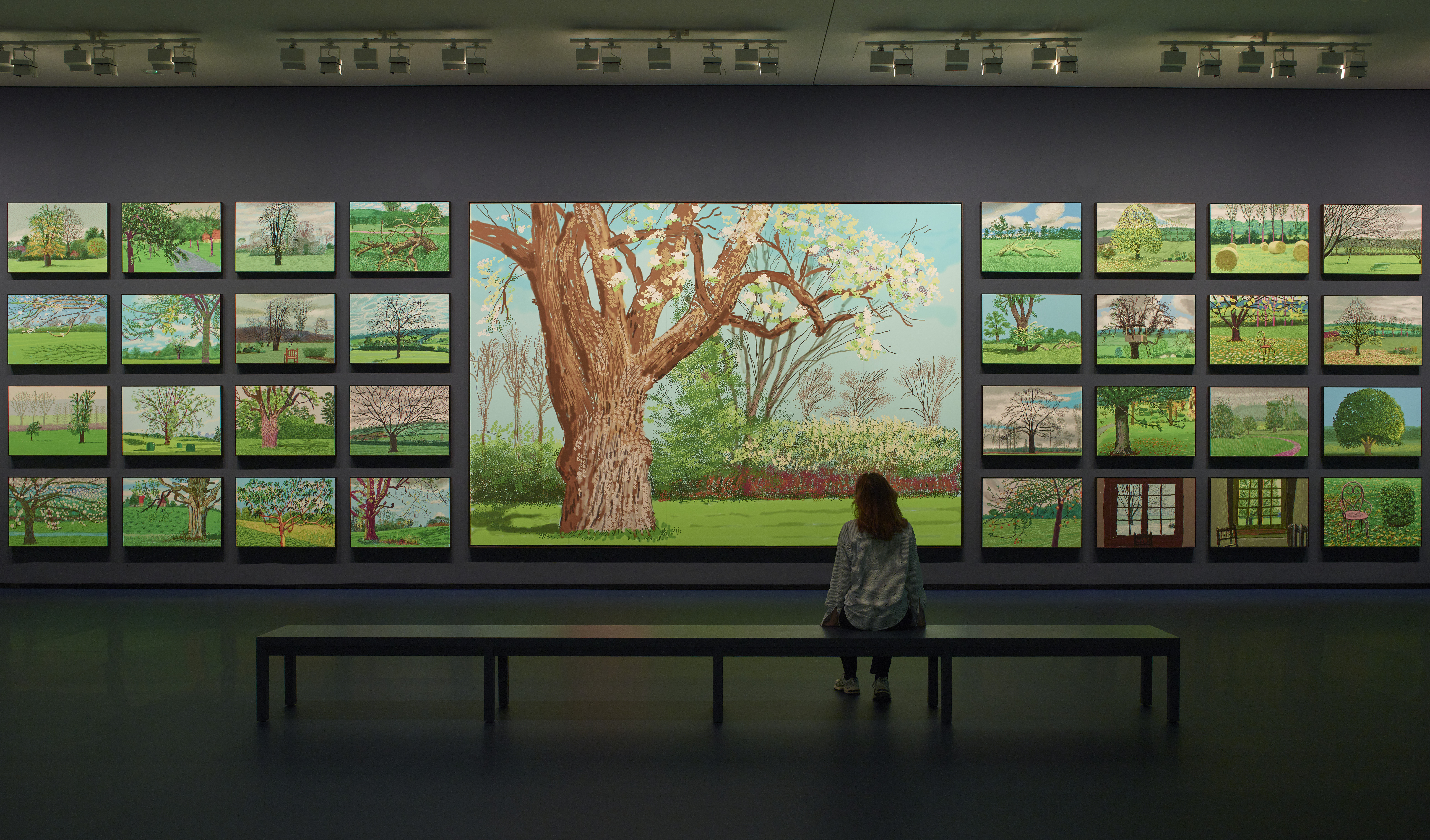
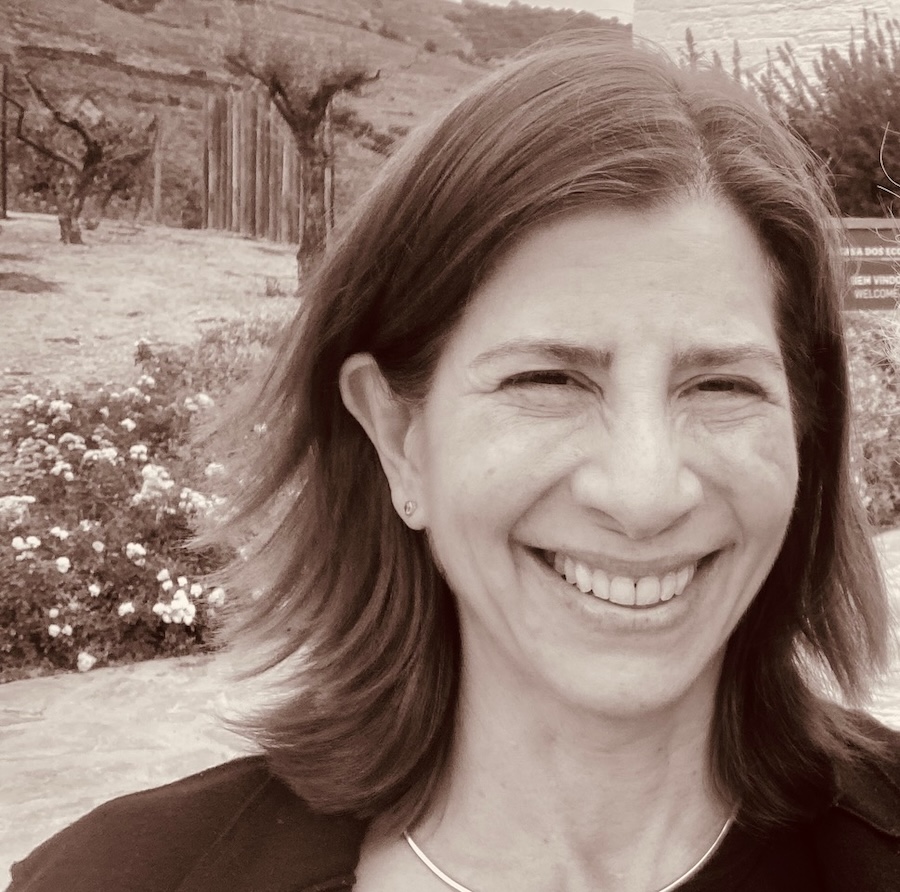
You might call this show ‘A Bigger Exhibition’. It is, in fact, the biggest David Hockney show ever, taking over the Fondation Louis Vuitton in Paris until August 31. It features more than 400 works from 1955-2025, gathered from international museums, private collections and Hockney's foundation. Many come from his own collection — perhaps the ones he simply couldn't part with.
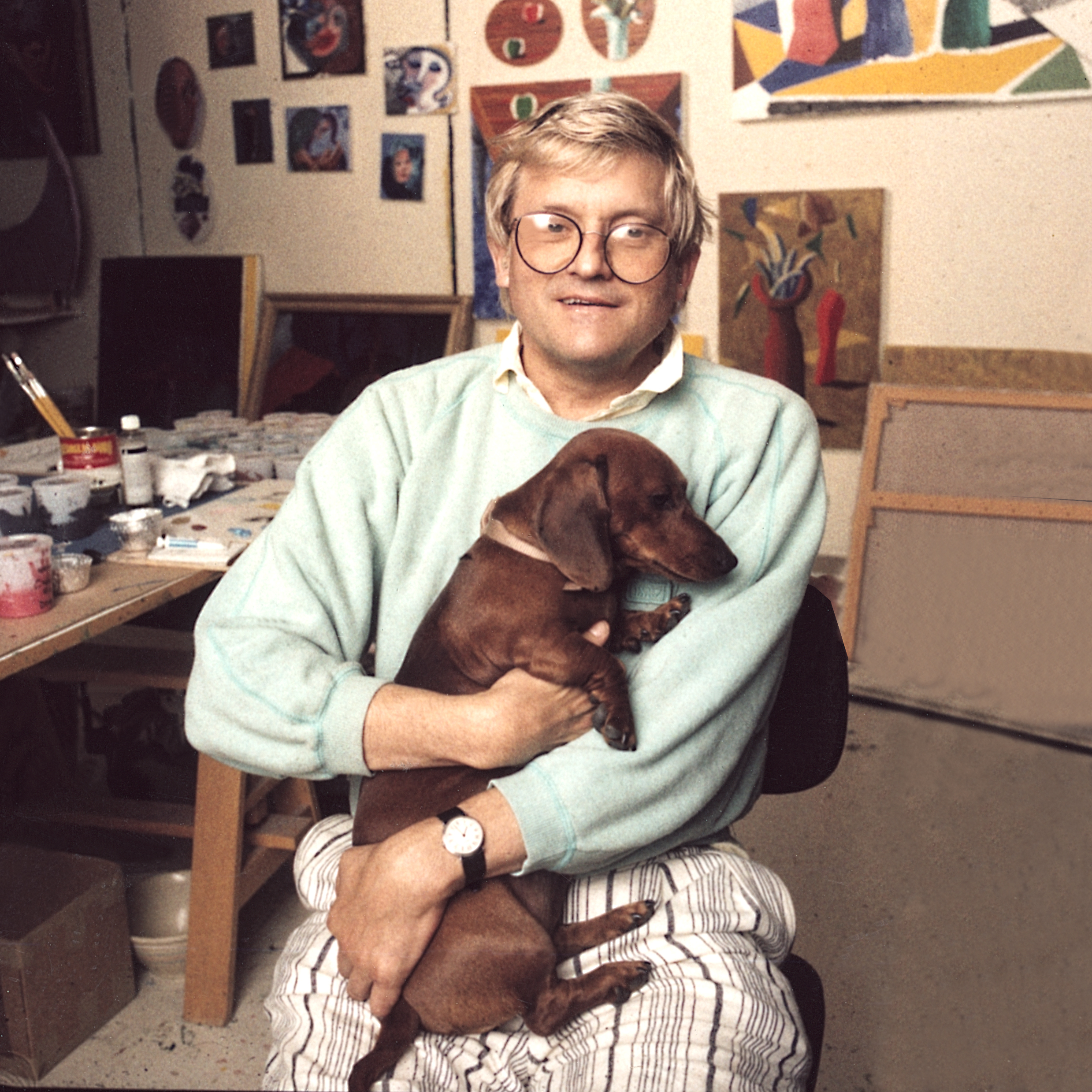
Hockney poses for a portrait in Los Angeles, in 1980.
The show's actual title is David Hockney 25, since it focuses primarily (but not only) on the artist's last 25 years, including vibrantly colourful landscapes from his native Yorkshire and Normandy. This focus was a decision made by Hockney and his partner, Jean-Pierre Gonçalves de Lima, who were involved in every step of the exhibition's planning. A phrase in pink neon, in Hockney's handwriting, hangs on the building's facade: ‘Do remember they can't cancel the spring’.
The links between Hockney and the Fondation go back to before the museum was even conceived. The Fondation's artistic director, Suzanne Pagé, first exhibited Hockney's work in Paris in the early 1970s, when he was starting to gain international renown. Hockney is friends with the building's architect, Frank Gehry, whose portrait is in the show. The Fondation's president, Bernard Arnault, calls Hockney one of his favourite artists.
It is so easy to love Hockney's paintings that one might think of the work itself as easy. Not so, says exhibition co-curator François Michaud. ‘In the beginning, when he chose painting, it was a time when many artists couldn't conceive of painting as a possibility, and figurative painting even less so. His path went through the past as much as through the present. Today, there is no doubt about David Hockney's place in the history of art.’
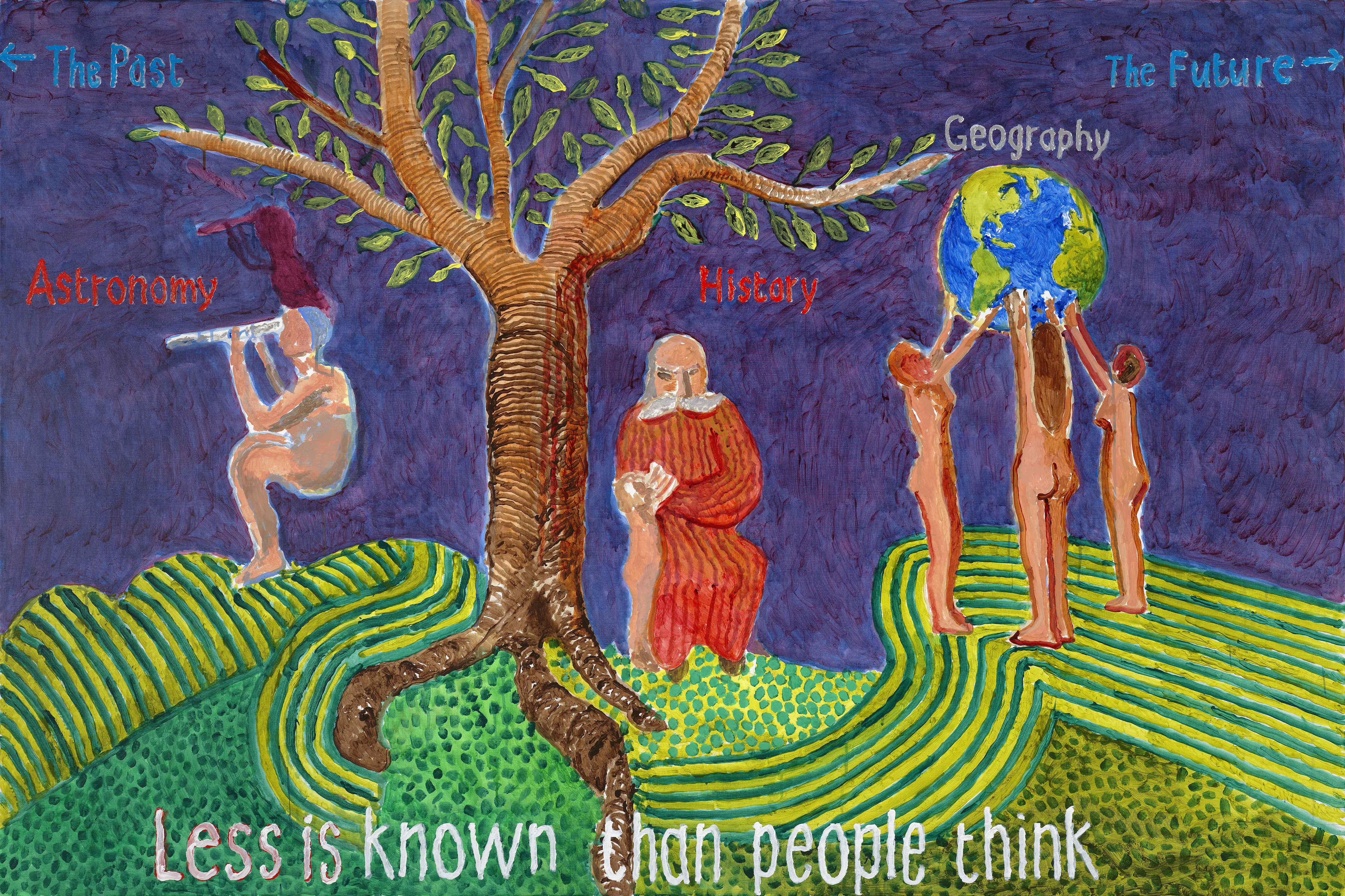
After Munch: Less is Known that People Think in acrylic on canvas.

27th March 2020, No. 1 iPad painting, printed on paper and mounted on five panels.
The exhibition starts with his early works, including a portrait of his father from 1955, when he was 18 years old. Even though homosexuality was still a crime in England, the young Hockney was unafraid to address the subject, as in We Two Boys Together Clinging, painted when he was 23, or the daring Two Men in a Shower.
The second gallery is a survey of his greatest hits from 1964-98, when A Bigger Splash came to symbolise the breezy southern California lifestyle, and A Bigger Grand Canyon captured the intensity of red and violet rock under the blazing desert sun. This is also when Hockney painted his first double portraits, such as the newly-married Ossie Clark and Celia Birtwell.
We then travel to Hockney's native Yorkshire, just as the artist did when his dear friend Jonathan Silver was dying of cancer in the summer of 1997 and he returned home to spend time with him. Driving miles across the countryside every day or two to visit, Hockney rediscovered the beauty of the British countryside and the changing of the seasons. Three of the paintings here show the annual blossoming of hawthorns; one can't help but think of van Gogh when seeing the strange forms of Hockney's plants against a swirling sky.
Sign up for the Country Life Newsletter
Exquisite houses, the beauty of Nature, and how to get the most from your life, straight to your inbox.
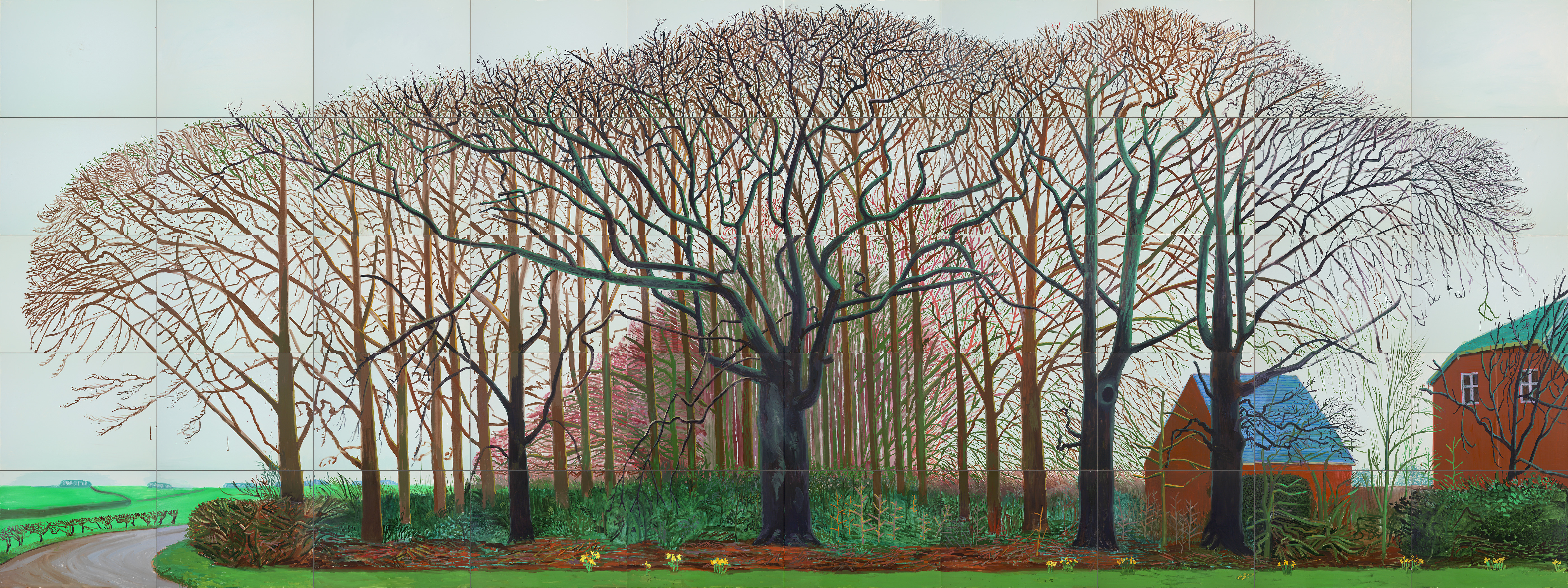
Bigger Trees near Warter (above), from 2007, is Hockney's largest work, painted on 50 canvases and gifted to the Tate museum. The extremely complicated process of creating it involved the daily transport of wet oil canvases in a specially-adapted car trunk back to Hockney's studio, in the attic of his mother's house. Everything had to be completed in six weeks, before springtime transformed the trees.
‘When you think how he did this, you have to be surprised,’ says Michaud. ‘What an odd thing, to do such a big painting, with so many panels, like a manifesto of sorts, which now belongs to British art history and the history of art of landscapes. It's like he's the third man in a theatre piece where Turner and Constable are the principal actors.’
One of Hockney's early iPad paintings appears among these Yorkshire landscapes, created in 2011, the year after Apple introduced the technology. Over the decades, Hockney has experimented with all kinds of new tools, from photocopy machines to digital media — and anyone who has ever tried the Brushes app can only be amazed at what he was able to do with a tablet.
Hockney is also a master of portraiture, bringing his attentiveness and empathy to subjects from all walks of life. A wall of portraits of friends and family, painted in acrylic, includes a 2025 painting of his nurse, Lewis Dube, hanging above a portrait of singer Harry Styles. In the next room, iPad flower portraits in classic sculpted frames hang alongside a grid of self portraits from over the years.
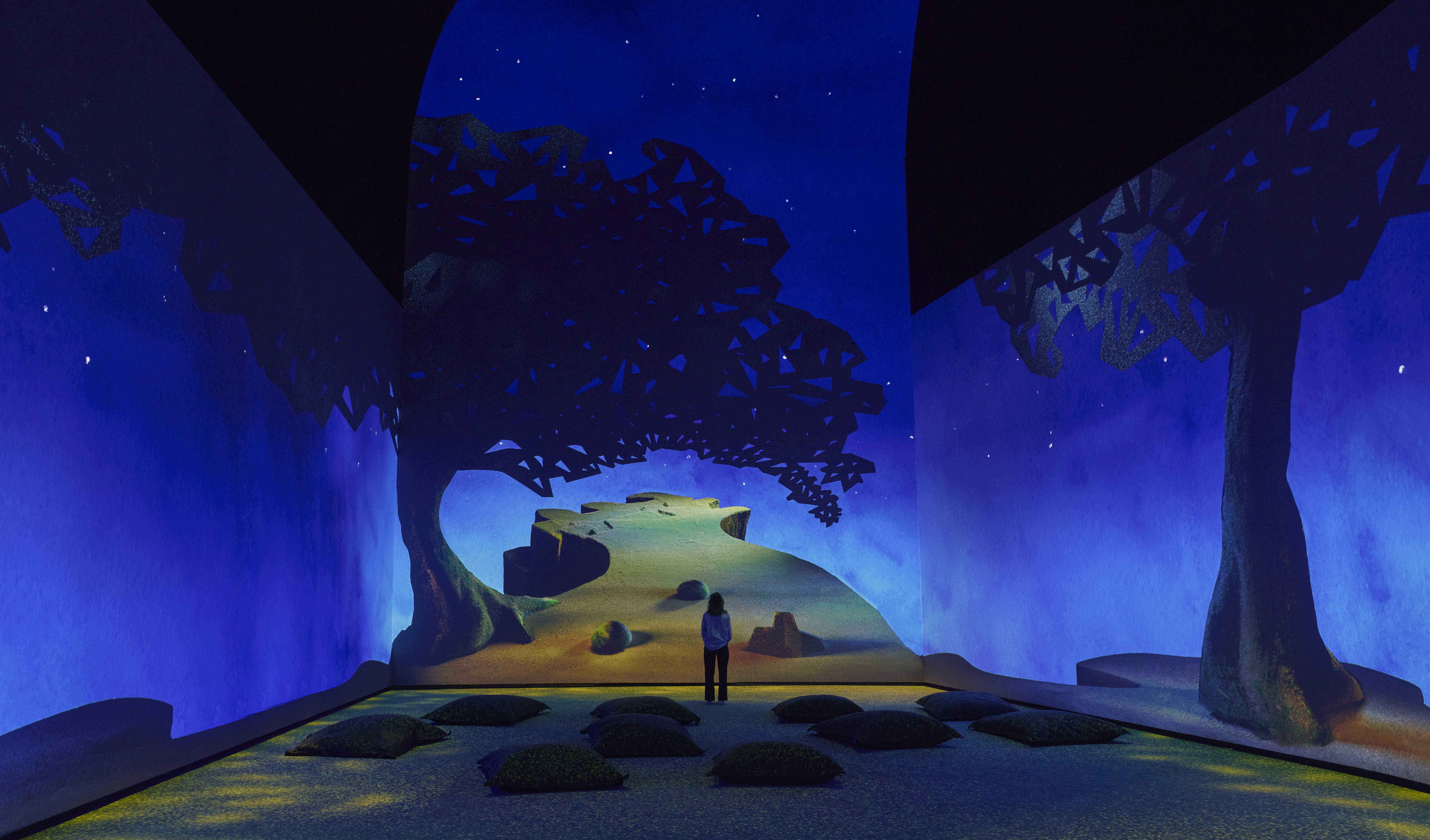
Installation view of gallery room 10.
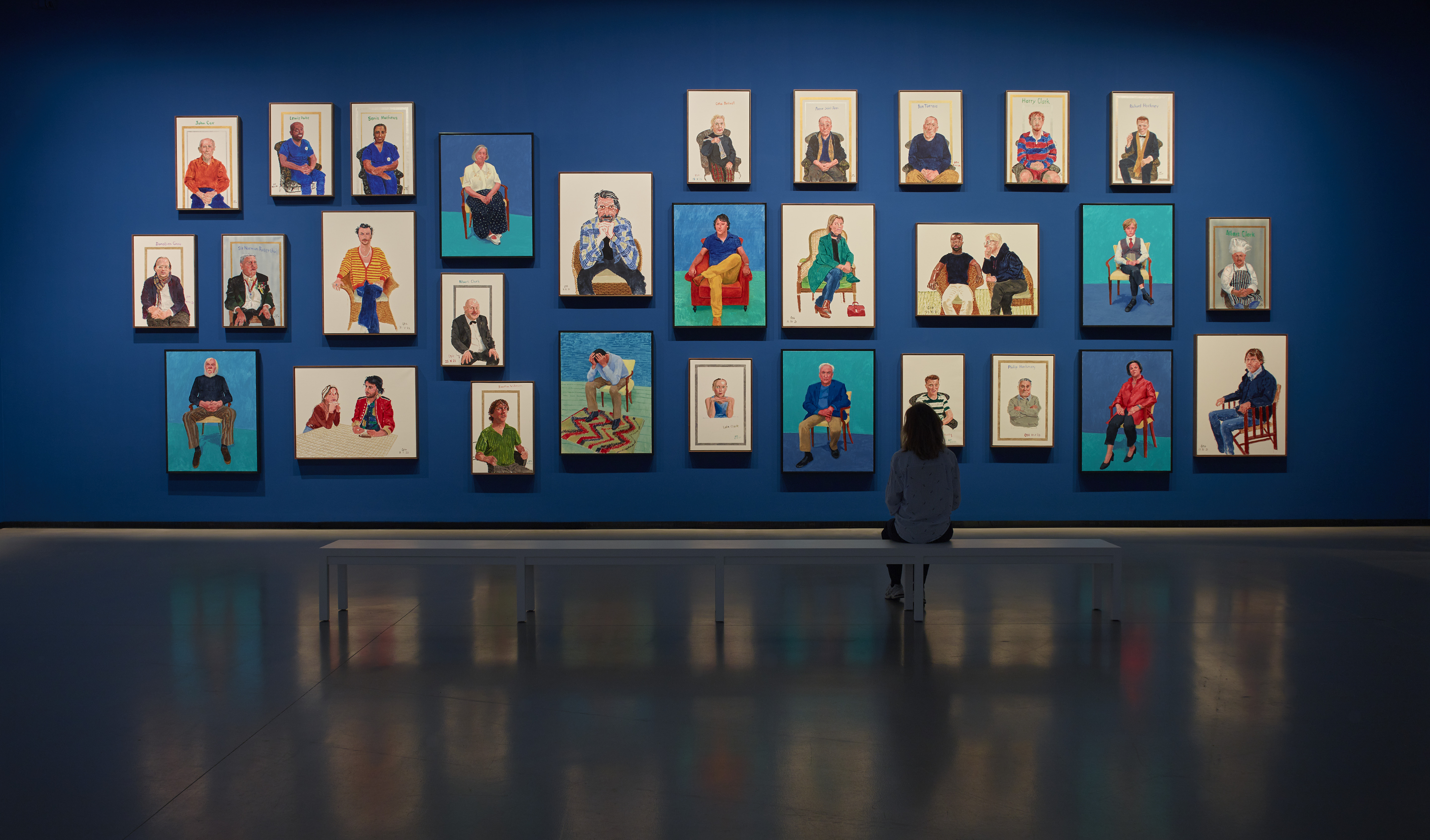
Installation view of gallery room four.
Then it's back to the countryside, this time to Normandy, where in 2018 Hockney took a trip to see the Bayeux Tapestry and ended up buying a 17th-century farmhouse. He painted various views of his garden, and drew La Grande Cour, a panoramic series of the property that spans three walls, his contemporary version of the 11th-century tapestry.
Hockney remained in Normandy throughout the covid lockdown and beyond, until 2023, when he moved back to London. During the pandemic, he made iPad drawings of flowers and sent them to friends, the first time he used the phrase that hangs outside the Fondation Louis Vuitton today. The backlit iPad screen also allowed him to paint night scenes, shown in the darkened ‘Moon Room’.
The top galleries of the Fondation explore Hockney's dialogue with great artists, starting with The Great Wall, colour photocopies of historical artworks that he started collecting in 2000. From the beginning of his career, Hockney has referenced predecessors including Picasso, Constable, Fra Angelico, Matisse, Monet, and most recently, Edvard Munch and William Blake, in two paintings from 2023 and 2024 called Less is Known than People Think.
A Bigger Message, from 2010, is his response to Claude Lorrain's The Sermon on the Mount. Michaud explains: ‘He sees that Lorrain played around with the classic single-point linear perspective so that it's curved, and brings us into the scene.’ Hockney has long been obsessed with perspective, and how it changes a viewer's experience. This extends to his video work, also shown in these upper galleries, such as a Yorkshire landscape filmed by synchronised cameras, the frames put together to create what he calls a Cubist movie.
Hockney's love of music and the stage are evidenced by a video of dancers in his studio, from 2012, shown in a mirrored space that infinitely reflects their movements. In a monumental gallery, a new creation, Hockney paints the stage, invites viewers to sprawl on cushions and watch as his sets and costumes designed for the stage are projected on the walls, to the music of various operas.
This work is typically immersive. ‘For Hockney, the viewer not only faces a work, but is in it,’ says Michaud — whether the subject is the Grand Canyon or his most recent self-portrait, painted this year. It's a poignant view of him sitting under a tree in his London garden, wearing a checkered suit and his ‘End Bossiness Soon’ button, smoking a cigarette, painting the very work we are looking at. Next to him, yellow flowers the same colour as his eyeglass frames herald the arrival of spring.
Amy lives in Paris and has worked for years as a journalist and editor in chief covering a range of subjects, including culture and the arts for The New York Times and National Public Radio, business and technology for Fortune and SmartPlanet, architecture and design for Wallpaper*, food and fashion for the Associated Press, and humanitarian issues for the International Committee of the Red Cross. Sometimes she also writes dialogue for The Smurfs.
-
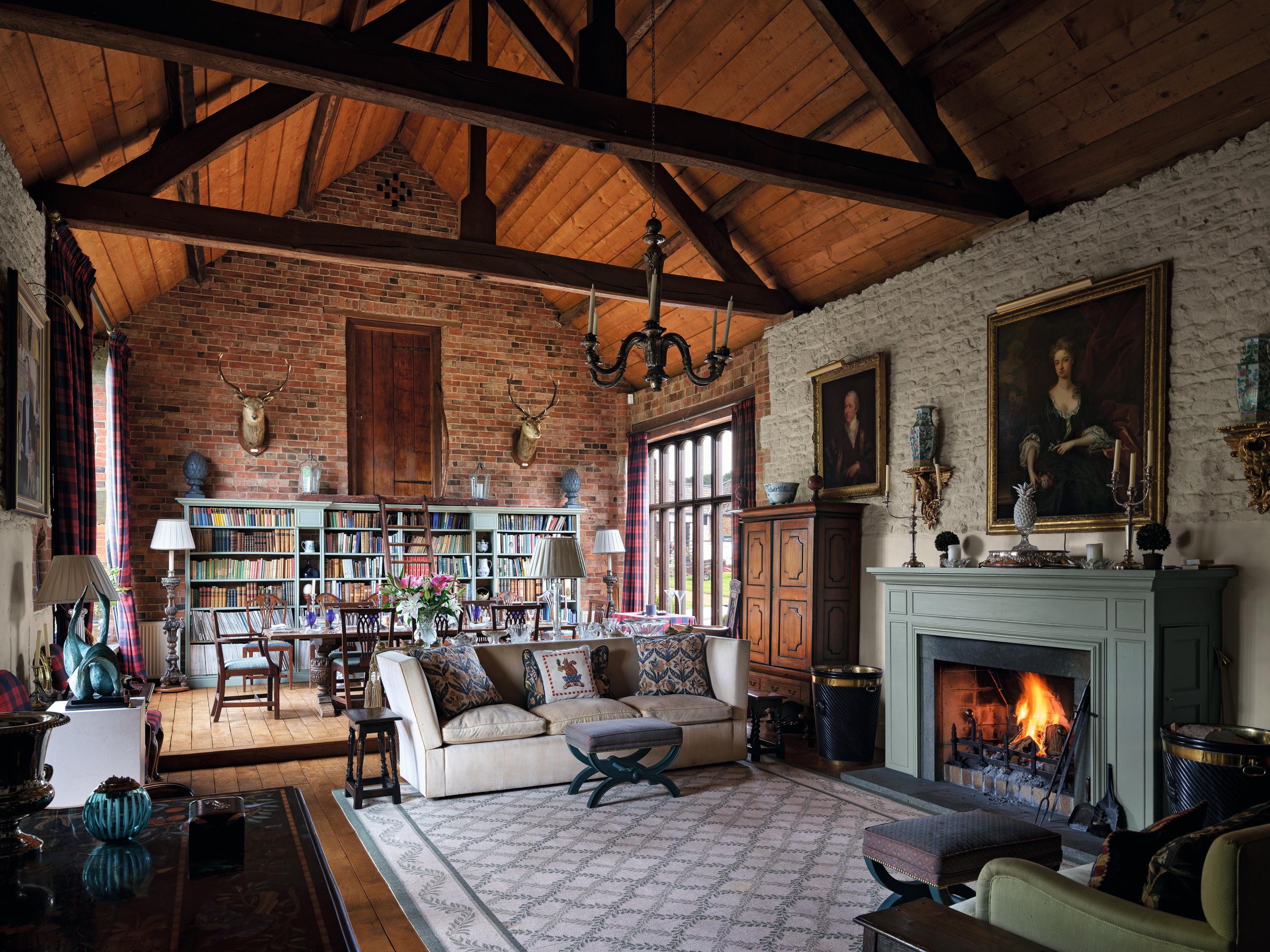 High Wardington House: A warm, characterful home that shows just what can be achieved with thought, invention and humour
High Wardington House: A warm, characterful home that shows just what can be achieved with thought, invention and humourAt High Wardington House in Oxfordshire — the home of Mr and Mrs Norman Hudson — a pre-eminent country house adviser has created a home from a 300-year-old farmhouse and farmyard. Jeremy Musson explains; photography by Will Pryce for Country Life.
By Jeremy Musson Published
-
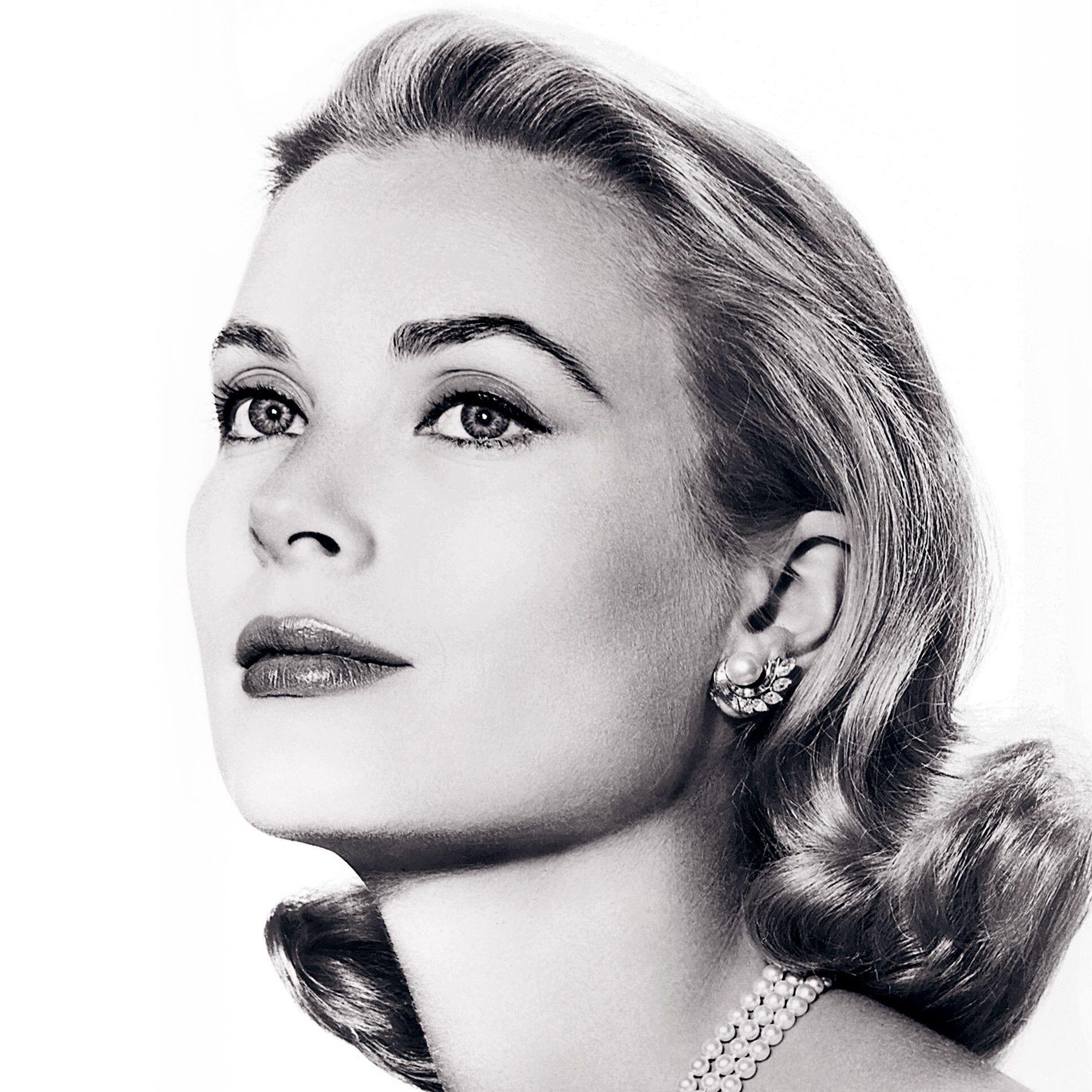 Under the hammer: A pair of Van Cleef & Arpels earrings with an intriguing connection to Princess Grace of Monaco
Under the hammer: A pair of Van Cleef & Arpels earrings with an intriguing connection to Princess Grace of MonacoA pair of platinum, pearl and diamond earrings of the same design, maker and period as those commissioned for Grace Kelly’s wedding head to auction.
By Rosie Paterson Published
-
 Under the hammer: A pair of Van Cleef & Arpels earrings with an intriguing connection to Princess Grace of Monaco
Under the hammer: A pair of Van Cleef & Arpels earrings with an intriguing connection to Princess Grace of MonacoA pair of platinum, pearl and diamond earrings of the same design, maker and period as those commissioned for Grace Kelly’s wedding head to auction.
By Rosie Paterson Published
-
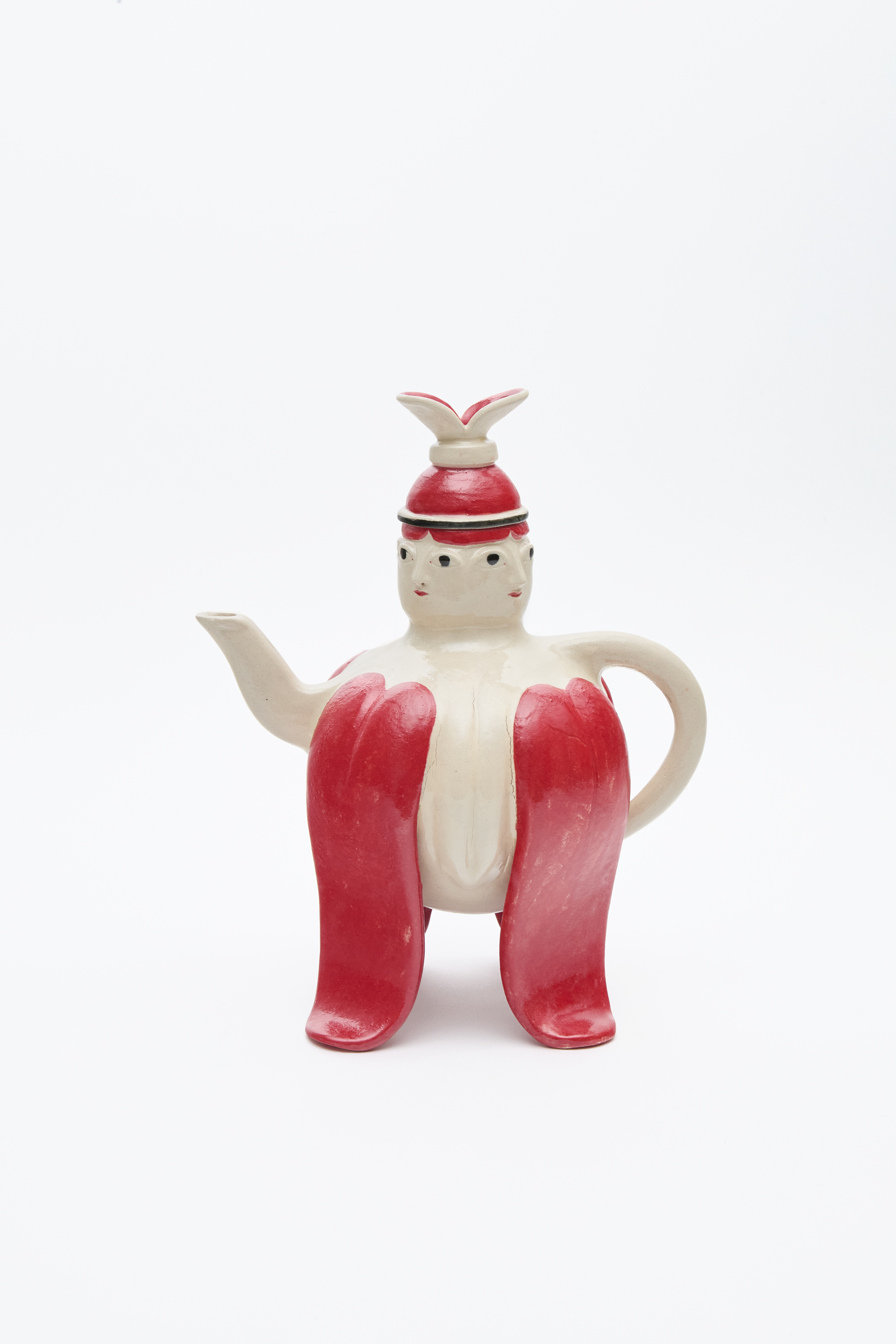 Why LOEWE decided to reimagine the teapot, 25 great designs over
Why LOEWE decided to reimagine the teapot, 25 great designs overLoewe has commissioned 25 world-leading artists to design a teapot, in time for Salone del Mobile.
By Amie Elizabeth White Published
-
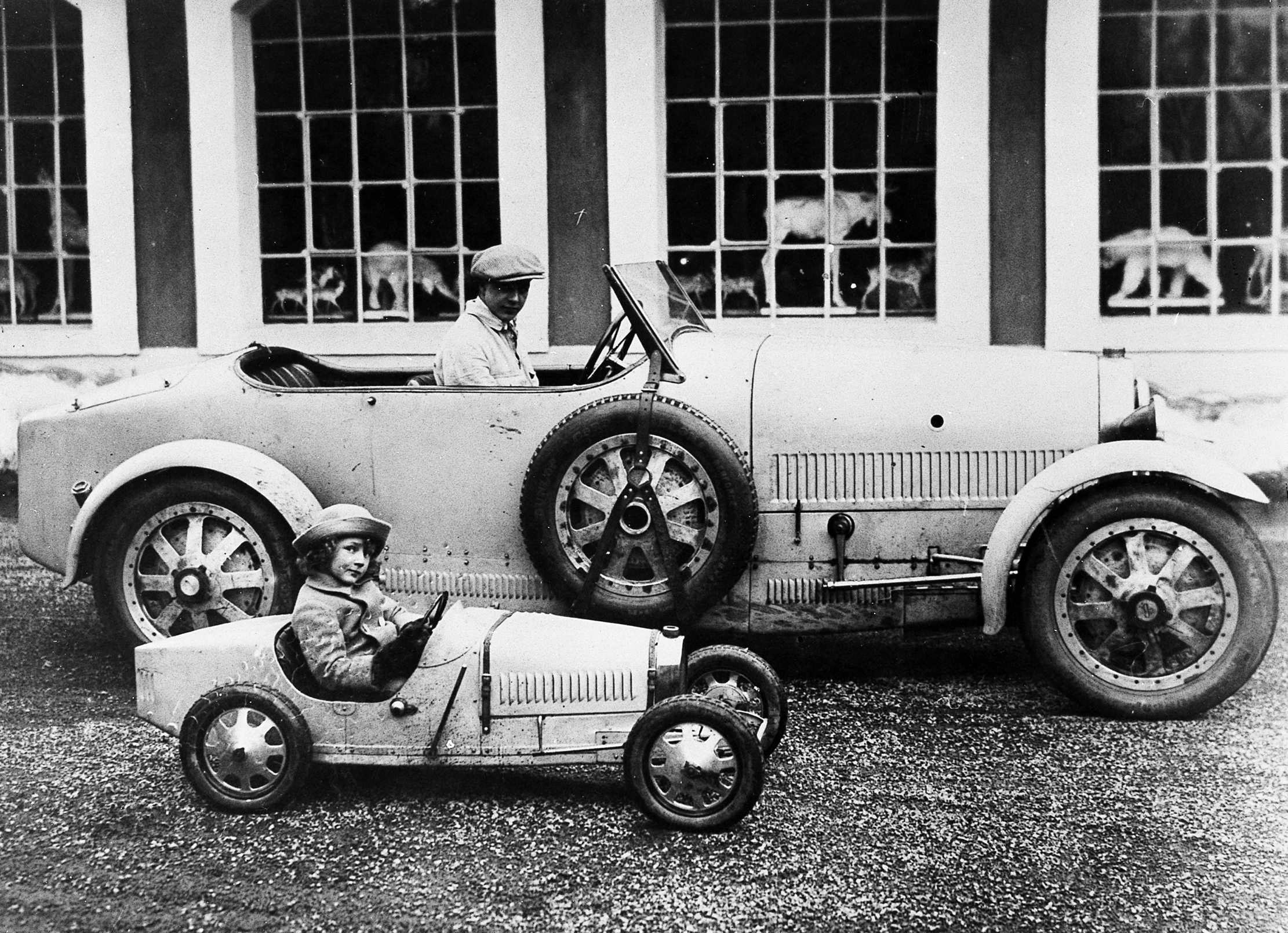 The brilliant Bugattis: Sculpture, silverware, furniture and the fastest cars in the world
The brilliant Bugattis: Sculpture, silverware, furniture and the fastest cars in the worldA new exhibition at this year's Treasure House Fair will shine a light on the many talents of the Bugatti dynasty.
By James Fisher Published
-
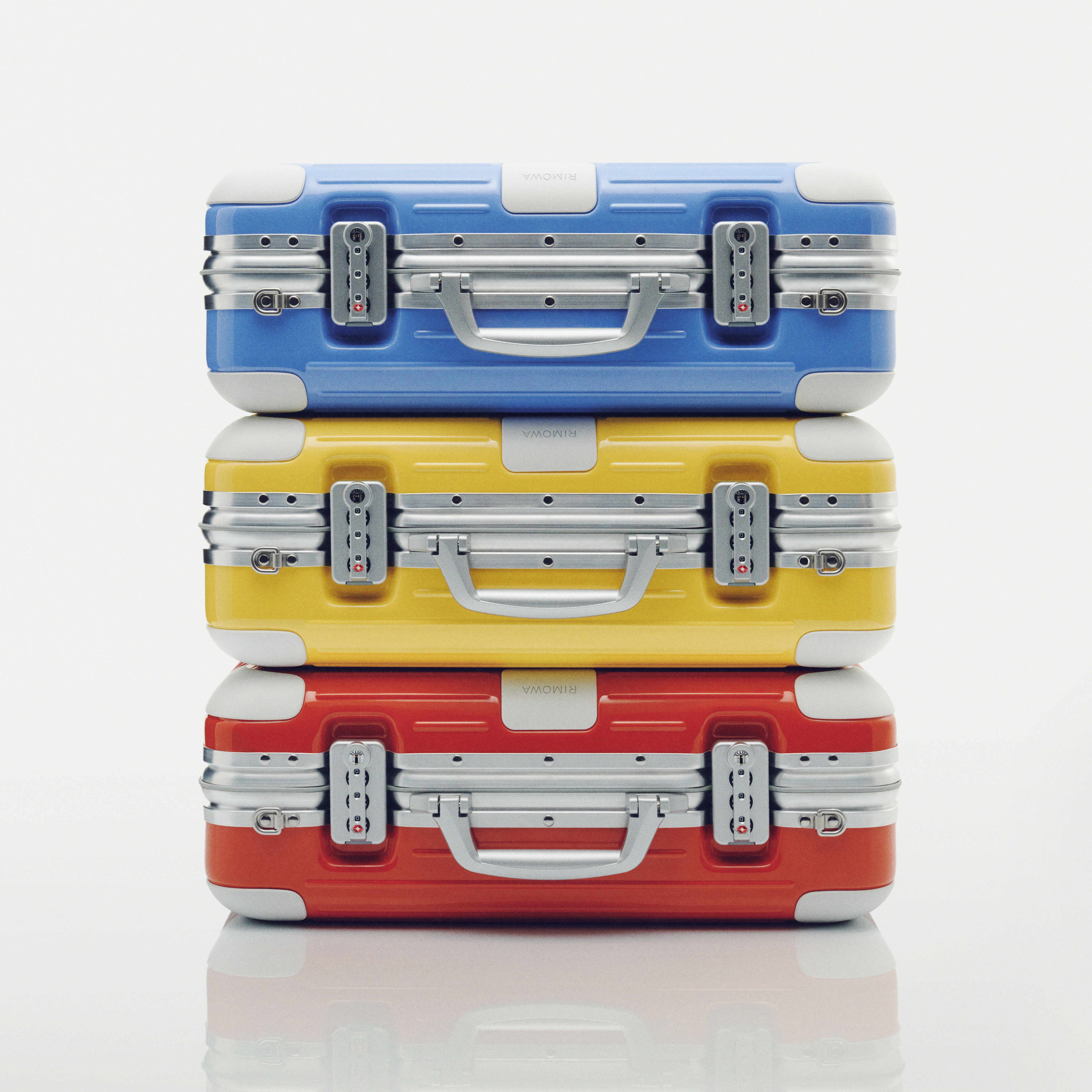 Big, bright and bold: Colourful luggage to inspire your next spring getaway
Big, bright and bold: Colourful luggage to inspire your next spring getawayIf RIMOWA's new 'Holiday' campaign is anything to go by, then conservative-coloured luggage is out and eye-catching is in.
By Rosie Paterson Published
-
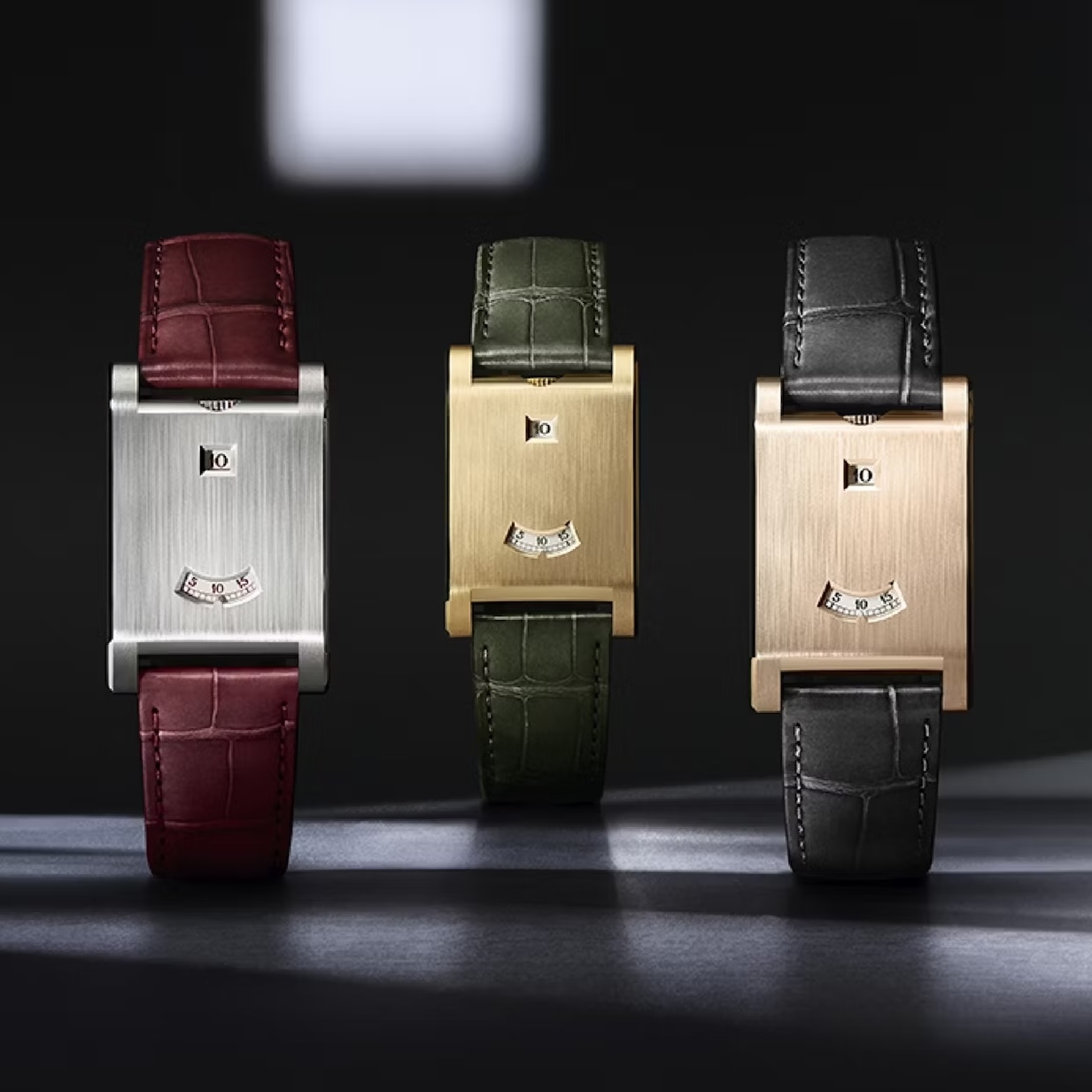 Jumping hours, guichets and visual theatre: The biggest trend from Watches and Wonders explained
Jumping hours, guichets and visual theatre: The biggest trend from Watches and Wonders explainedMiniature window displays replaced traditional watch hands at this year's Watches and Wonders fair.
By Chris Hall Published
-
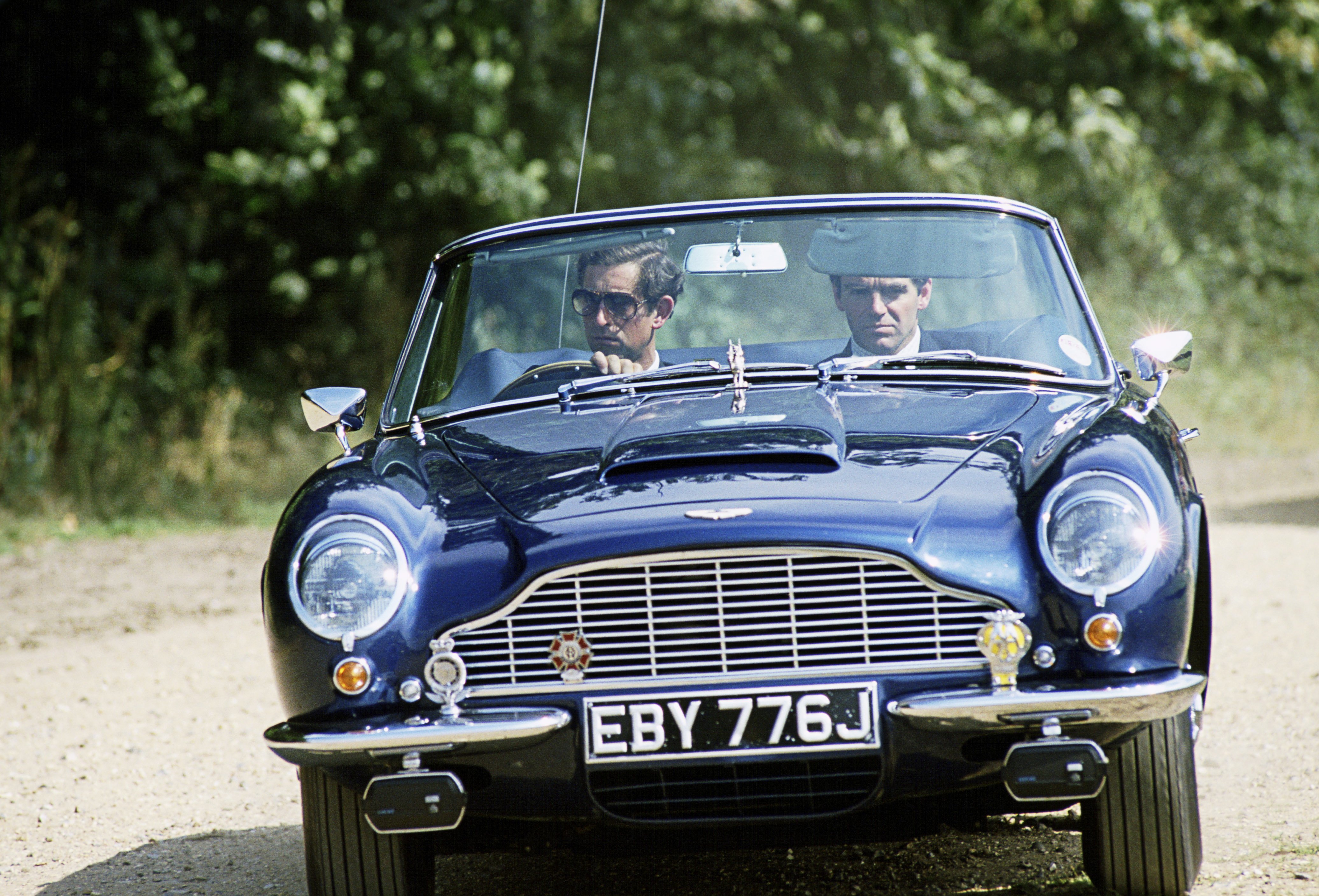 On His Majesty's Not-So Secret Service: Aston Martin receives Royal Warrant from The King
On His Majesty's Not-So Secret Service: Aston Martin receives Royal Warrant from The KingOn His Majesty's not particularly secret service.
By James Fisher Published
-
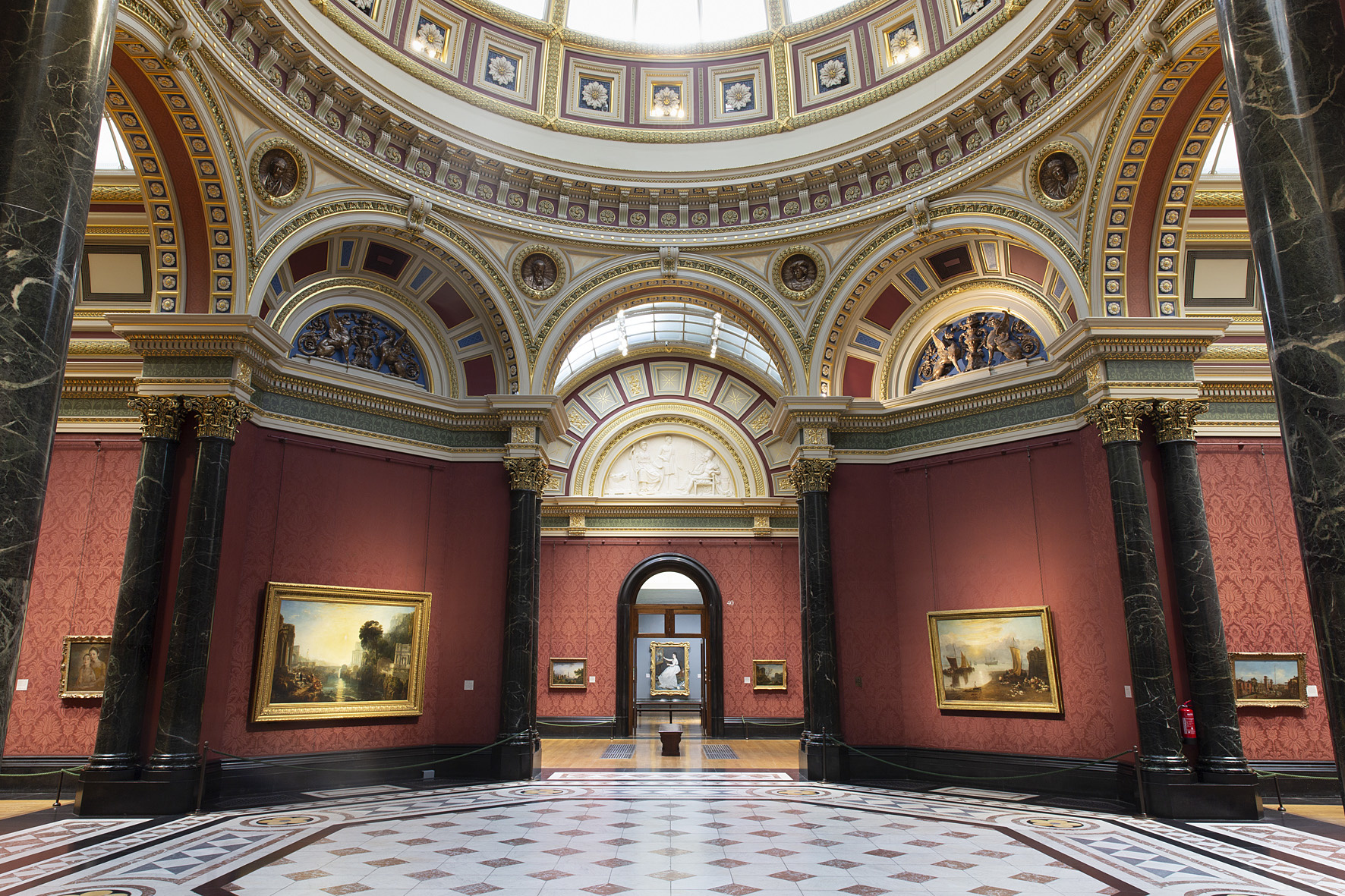 Terrifying or tremendous? Spend a night at the National Gallery beneath some of the world’s most famous artworks
Terrifying or tremendous? Spend a night at the National Gallery beneath some of the world’s most famous artworksBacchus, his girlfriend Ariadne, Fighting Temeraire and a few sunflowers seek roommate for one night only. No smokers or pets. Rent free.
By Rosie Paterson Published
-
 Defender OCTA: Land Rover's classic car, reimagined. And then reimagined again, with 626BHP
Defender OCTA: Land Rover's classic car, reimagined. And then reimagined again, with 626BHPWhy did Land Rover stick a 4.4 litre twin-turbo V8 in a Defender? Because why not.
By Charlie Thomas Published